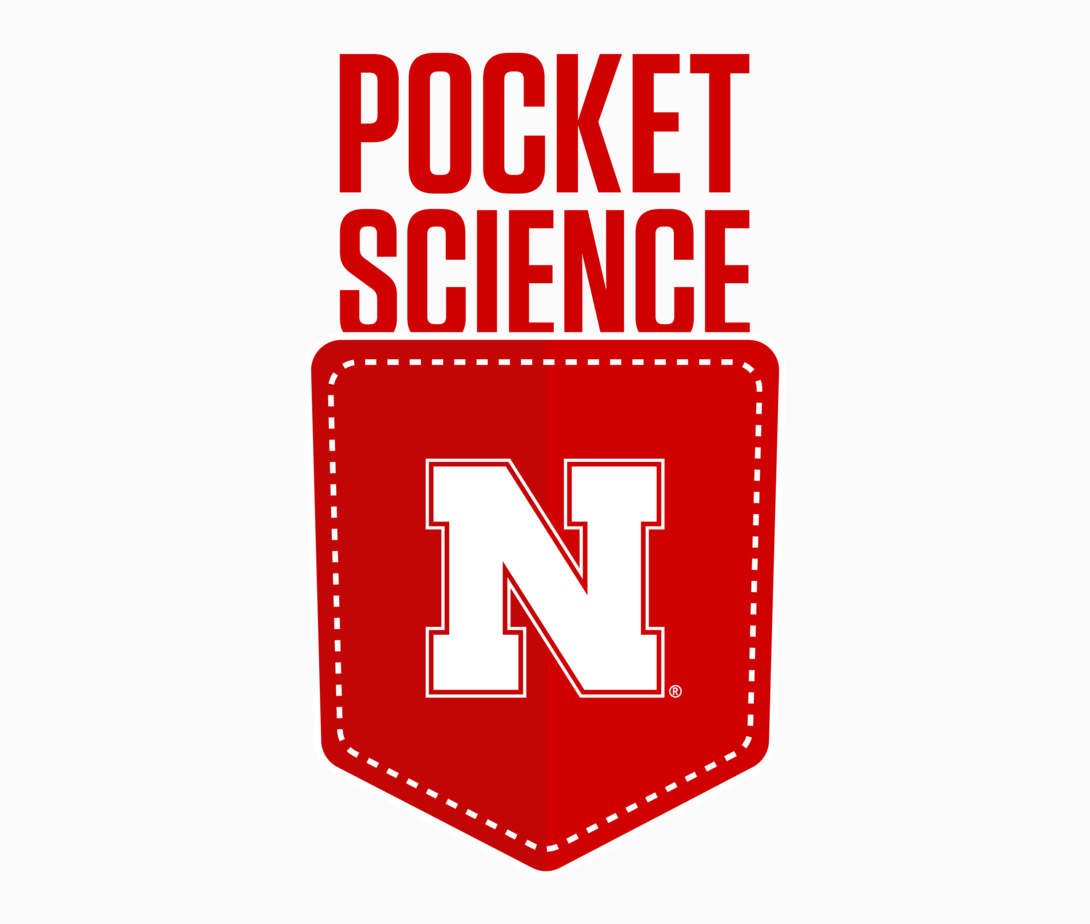
Welcome to Pocket Science: a glimpse at recent research from Husker scientists and engineers. For those who want to quickly learn the “What,” “So what” and “Now what” of Husker research.

What?
Vaping has begun to supplant traditional smoking as a way to inhale nicotine: The National Center for Health Statistics found that, as of 2020, three times as many high school seniors were using e-cigs as smoking cigarettes. But nicotine hardly stands alone as a substance of choice among adolescents who vape.
Cannabidiol, or CBD — a hemp- and marijuana-derived compound distinct from the psychoactive, high-inducing THC — has been marketed but is unproven as a treatment for anxiety and insomnia, among other maladies. Combined with a scarcity of regulation, that marketing has positioned CBD as another substance in the vaping catalog. Yet recent research has suggested that inhaling CBD can deal damage to the lungs, liver and male reproductive system.
So what?

Of the 25,000-plus respondents not currently using e-cigs, just 1.2% said they had recently vaped CBD. By contrast, 21.3% of e-cig users were also vaping CBD, with another 6.3% unsure whether they had. Among those using e-cigs for more than three years, 31.6% currently vaped CBD — a number that dwarfed the 9.3% who had used e-cigs for less than a year.
Demographics mattered, too. Almost 26% of Hispanic respondents vaped both nicotine and CBD, compared with 18.7% of their white peers. The link between e-cigs and CBD likewise varied by sexual orientation:
- 18.2% of heterosexual adolescents vaped CBD while also using e-cigs, versus
- 28.6% of gay/lesbian respondents
- 27.4% of those unsure about their orientation
- 22.3% of those identifying as bisexual
Now what?
The notable links between vaping nicotine and CBD could help calibrate public health campaigns and interventions aimed at reducing the latter, the team said. Those efforts should also home in on LGBTQ youth, who might be turning to CBD as a means of contending with discrimination or marginalization.
Given the lack of labeling guidelines and age requirements for purchasing CBD in the United States, the team echoed the U.S. Food and Drug Administration in acknowledging the need for stauncher regulation.
The study was led by UNMC’s Hongying “Daisy” Dai, professor of biostatistics and associate dean of research in the College of Public Health. Dai and Wang, associate professor of advertising and public relations, authored the study with UNO’s Roma Subramanian and Avina Mahroke of Kansas City University.







